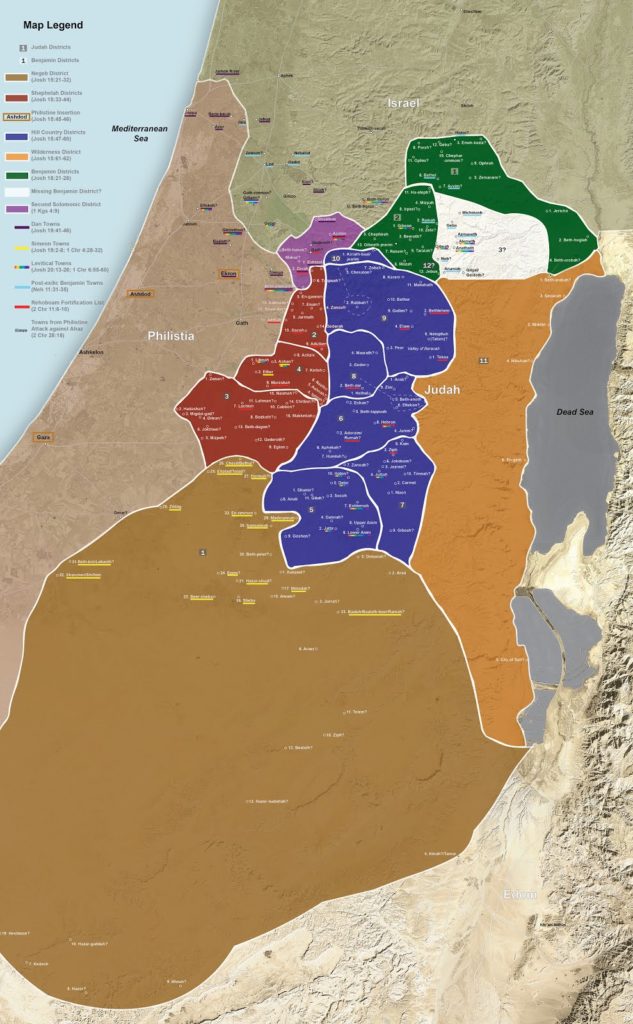Gabriel Barkay has been excavating in Jerusalem for more than 45 years and he is the winner of the Jerusalem Prize for Archaeological Research. He is also a favorite professor for many who have studied biblical archaeology and the history of Jerusalem. If you know him, or have a great interest in these subjects, you will enjoy a fascinating interview with him by Nadav Shragai, published today in Israel HaYom. Here are a few excerpts:
His greatest discoveries:
Although he has never worked for the Israel Antiquities Authority — Barkay says he prefers a university framework that offers freedom of opinion and thought — he has acquired an international reputation thanks to two things: The first is the historic discovery of the Priestly Blessing Scrolls, the most ancient archaeological discovery of a biblical text dating to the period the Bible is believed to have been put together. The discovery of the scrolls had wide-ranging influence on biblical research, and the assessment of its historical reliability. The second is the project of sifting dirt from the Temple Mount. Barkay describes the Mount as “a black hole in the history of archaeology in general and Israeli archaeology in particular.”
Why he chose to excavate at Ketef Hinnom:
“I got to Ketef Hinnom in Jerusalem, which is where I found the scrolls, through theoretical calculations. I tried to put myself in the shoes of the ancient residents of Jerusalem and ask myself where I would hold various activities that were part of the city but not inside it. For example: Where would I bury the dead? Or grow vegetables? Where would I set up army camps or quarry building stones? I looked for places that would meet the paradoxical demands of close enough and far enough.
“When I checked the map, these all coincided at the site where St. Andrew’s Church is located today, near the Menachem Begin Heritage Center. I also discovered that Josephus Flavius’ literary description put the siege camp of Pompeus in 63 B.C.E. there; that this was where Titus ‘ fortifications had been when he laid siege to Jerusalem in 70 C.E.”
His escape from the Nazis:
Gabi Barkay was born in 1944, the day his mother, Rachel, arrived in the Budapest ghetto. His father, Eliezer Breslaver, who later hebraicized his last name to Barkay, was imprisoned in a Nazi labor camp in the Ukraine.
The young Barkay and his mother avoided the death march from Budapest to Vienna. In January 1945, the Red Army entered the ghetto and liberated them.
“Many owe their death to Josef Stalin. I owe him my life,” Barkay says.
Read the full interview here.
HT: Joseph Lauer


